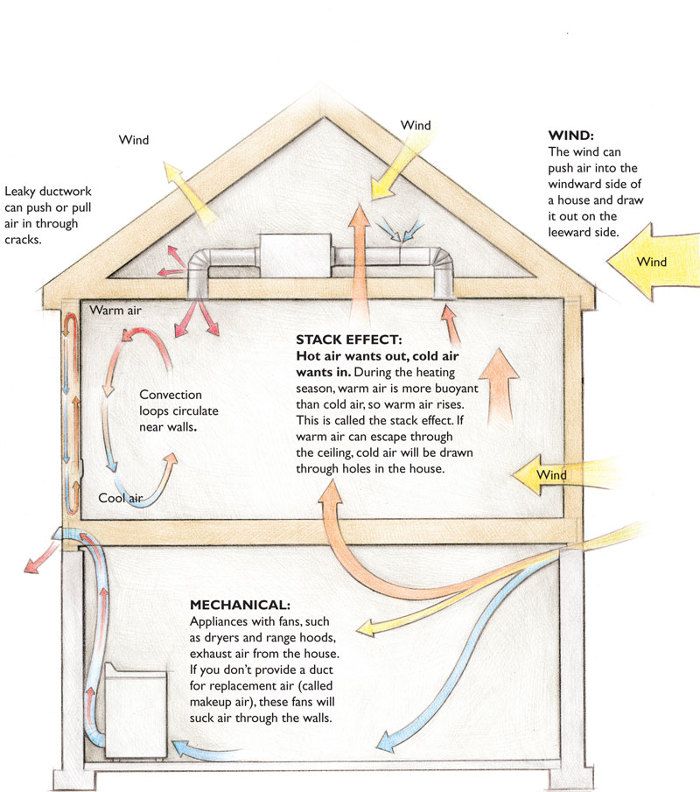
Cobb would like to know the “tipping point” when a house loses more energy through unwanted air changes with the outside or through a poorly insulated building envelope. His frustration comes with energy modeling software that seems to put an emphasis on R-values while paying too little attention to how tight the building is.
As he explains in a Q&A post at Green Building Advisor, Cobb thinks home buyers have been “brainwashed” into considering R-values alone, while every green builder worth his salt knows that a tight envelope is essential for energy conservation and comfort.
Cobb isn’t alone in thinking that R-values don’t tell the whole story, but there also are critics who think Cobb isn’t taking advantage of what information is already out there.
Read the whole article at Green Building Advisor.
Fine Homebuilding Recommended Products
Fine Homebuilding receives a commission for items purchased through links on this site, including Amazon Associates and other affiliate advertising programs.

Affordable IR Camera

8067 All-Weather Flashing Tape

Handy Heat Gun



























View Comments
Great Article. I just wish for those of us that have a limited joist space (6 "), there was an available insulation product that had a higher R value per inch. Has anyone had any experience with a product called aerogel? t an R= 10 per 1 "?It certainly would meet my and I believe, others needs who find themselves in a similiar situation.
1chipster,
Aerogels are pretty impressive materials, but they seem to be best suited to situations where low weight and high light transmittance are important. They are very expensive, so it's usually more economical to modify a house to fit a larger quantity of a conventional insulation than to pay the premium price for the aerogel. That may change someday, but for now, aerogels are not a silver bullet for residential insulation retrofits.
we have 2x4 joist (old smsll house) we are thinking of 4 inch fiberglass between joist then 12 at the perpendicular. Right now we are sealing all the light boxes.